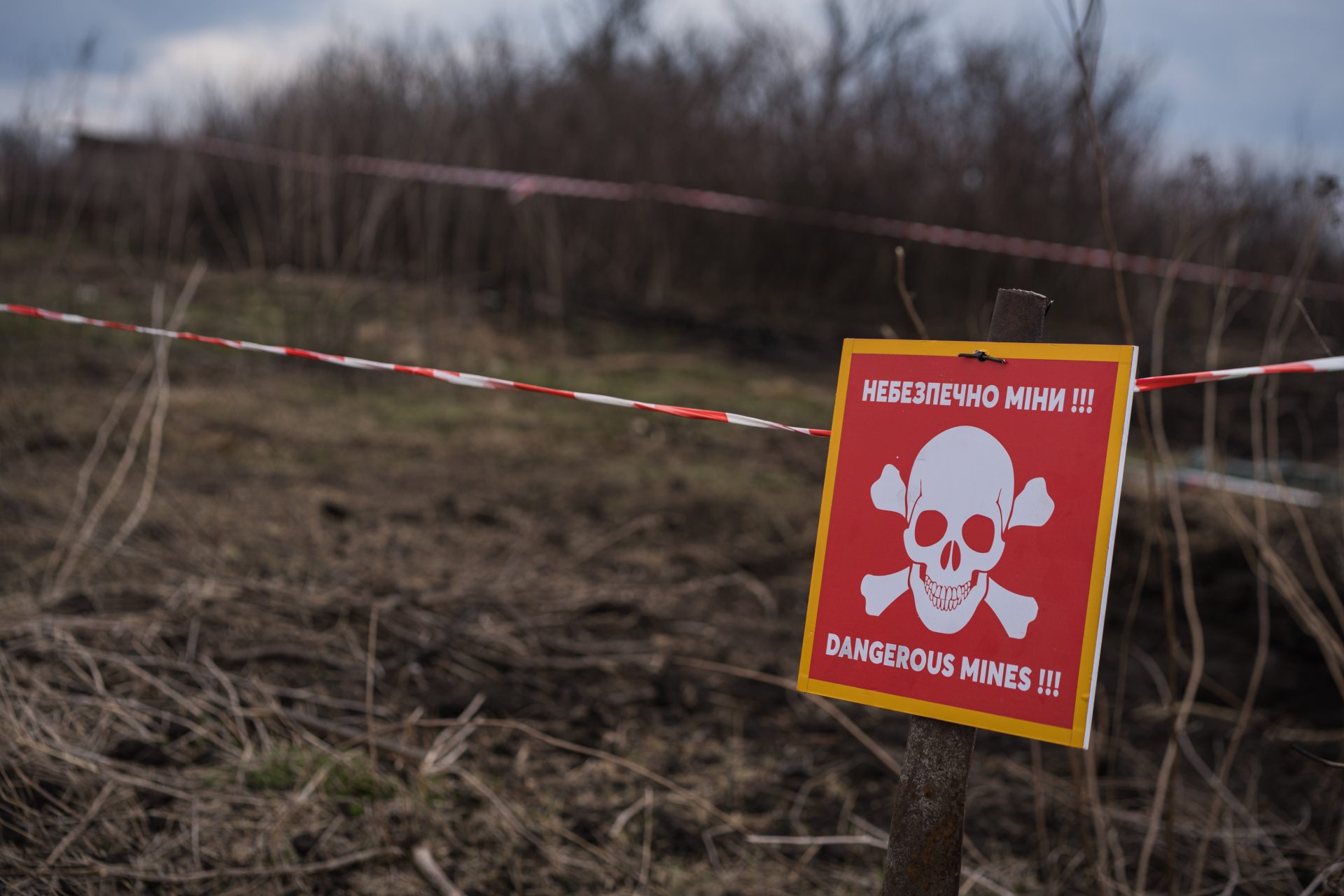Substantial new evidence tracks Covid origin to a Wuhan wildlife market
Two scientific studies published last Tuesday showed that the earliest known Covid-19 cases were clustered around Wuhan's Huanan seafood and wildlife market (pictured, closed during the outbreak).
One of the studies uses genetic information to track the timing of the outbreak. It suggests that there were two variants introduced into humans in November or early December 2019.
Researchers say this evidence paints a picture that Sars-Cov-2 was present in live mammals that were sold at Huanan market in late 2019.
Scientists say it was transmitted into people who were working or shopping at the market in two separate "spillover events", where a human contracted the virus from an animal.
Crowded, live animal markets, many scientists agree, provide an ideal transmission hotspot for new diseases to "spill over" from animals.
In the 18 months up to the beginning of the pandemic, a separate study showed that nearly 50,000 animals of 38 different species were sold at markets in Wuhan.
Professor Stuart Neil from London’s King College, told the BBC that the pandemic was very likely to have been a consequence of an "unhealthy, cruel and unhygienic practice that Chinese authorities had been warned about".
One of the researchers involved, virologist David Robertson from the University of Glasgow, told the BBC that he hoped the studies would correct the false record that the virus was created in a lab.
Over the last two years, the search for the origin of the deadly pandemic turned from a scientific investigation into a political dispute.
One of the subjects of a fierce international blame game, mainly between politicians in the US and China, was a theory that the virus could have been leaked from a Wuhan laboratory, the Wuhan Institute of Virology.
But that hypothesis can’t explain the data, said scientist Stuart Neil to the BBC. "We're now as sure as we can be, based on the fragmentary evidence we do have, that this was a spillover event that happened in the market," Neil said.
“The major risk of being distracted by looking for someone in a laboratory to blame for all this”, Neil added, "is that we run the risk of letting this happen again because we've focused on the wrong problem."
It’s not surprising that Covid-19 originated in a Wildlife market. In fact, zoonotic diseases: infectious diseases that are transmitted from animals to humans (or from humans to animals), have been around for a very long a time.
The first epidemic, the Justinian Plague, began in the middle of the 6th century in the Byzantine Empire.
Over a 200-year period, it is thought that nearly 25 million people died of the plague, which originated in rats that carried bacteria.
Image: Joshua J. Cotten/Unsplash
Zoonotic diseases can stem from the bacterial, viral, parasitic, or fungal infection of an animal host that spreads to humans through bite, scratch, or ingestion.
According to the Centers for Disease Control and Prevention (CDC), the zoonotic diseases of most concern are coronavirus, influenza, salmonellosis, West Nile virus, plague, rabies, brucellosis and Lyme disease.
Monkeypox is a zoonotic disease. Various animal species have been identified as susceptible to monkeypox virus, according to the World Health Organization (WHO).
Squirrels, Gambian pouched rats, dormice, primates and other species can be natural hosts to the virus.
Pictured: The Kautzer family was quarantined after catching monkeypox from a prairie dog in 2003 in the United States.
However, uncertainty remains around monkeypox and further studies are needed to identify the exact reservoirs and how virus circulation is maintained in nature, according to the WHO.
Human monkeypox was first identified in humans in 1970 in the Democratic Republic of the Congo in a 9-month-old baby.
Since then, it was reported in 11 African countries, until 2003, when the first case of monkeypox outside of Africa was reported in the United States.
The first monkeypox case in the United States was linked to contact with infected pet prairie dogs. These pets had been housed with Gambian pouched rats and dormice that had been imported into the country from Ghana.
Image: Joshua J. Cotten/Unsplash
According to the CDC, six out of every 10 infectious diseases in people are zoonotic, and every year, tens of thousands of Americans get sick from diseases spread between animals and people.
This is why, the CDC suggests, countries should practice a “One Health approach,” which focuses in recognizing the connection between people, animals, plants, and their shared environment and calls for experts to work together to achieve the best health outcomes for all.
More for you
Top Stories






































